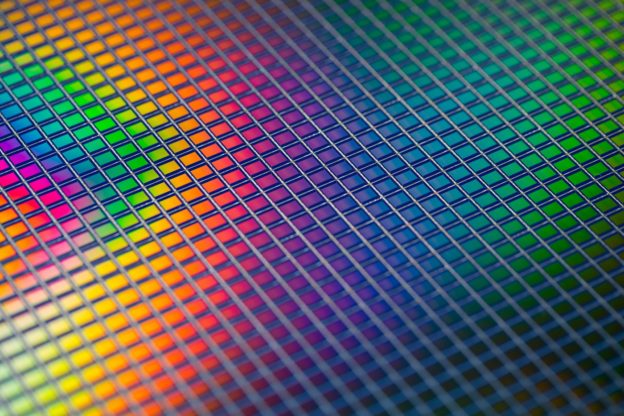With the lapse of Moore's Law, the shift from planar chips to advanced packaging has become almost inevitable for top-of-the-line designs. Glass substrates are key enablers of packaging and lithography due to their excellent dimensional stability, ability to support large areas and fine patterns, the same coefficient of thermal expansion as silicon, and low dielectric constant.
As a key material for semiconductor packaging, glass substrates have high light transmittance, high thermal stability, high chemical stability, and excellent electrical insulation properties. These properties make glass substrates ideal for manufacturing high-performance, high-reliability semiconductor devices.
In the semiconductor packaging process, the main role of the glass substrate is to act as the substrate material of the chip, providing stable mechanical support and electrical insulation. Compared with traditional organic materials, glass substrates have higher thermal stability and a lower coefficient of thermal expansion, which allows it to maintain stable performance in high-temperature environments and reduce the impact of thermal stress due to temperature changes on the chip.
In addition, the high light transmittance of glass substrates makes it widely used in optical sensors and chemical sensors. These sensors typically require good optical properties and chemical stability, and glass substrates meet these needs.
Despite the many advantages of glass substrates, they also present a number of challenges in practical applications. The first is the brittleness of glass, which becomes an important consideration as substrates become thinner. How to safely dispose of these thin glass substrates and prevent breakage during manufacturing and processing is an urgent problem to be solved. Secondly, the inspection and metrology of glass substrates is also more complex than that of traditional silicon substrates, requiring more advanced technology and equipment to ensure accuracy.

Figure: Glass substrates: The future of advanced packaging innovation
Another key advantage of glass substrates is superior thermal stability, which is critical to maintaining device performance under fluctuating thermal conditions. Unlike copper-clad laminates, which deform or delaminate under thermal stress, glass substrates change very little in size over a wide range of temperatures. In applications where thermal management is critical, such as automotive electronics, aerospace systems, and industrial controls, the ability of glass to withstand thermal cycling and maintain dimensional integrity under stress helps prevent electrical shorts, open circuits, or other reliability issues typically associated with temperature-induced mechanical strain.
As the demand for high-performance computing grows across industries, semiconductor circuits are becoming more and more complex, and the requirements for packaging technology are also increasing. With its excellent mechanical, physical and optical properties, glass substrates can meet the needs of larger-sized packaging, and have become one of the important directions for the development of advanced packaging in the future. Leading companies such as Intel have been conducting research and development in the field of glass substrates for many years, demonstrating the great potential of glass substrates in advanced packaging technologies.
With glass panels, manufacturers can push the boundaries of interconnect density, paving the way for more complex, tightly integrated circuits. Due to the consistency of electrical characteristics on the substrate, devices are not only smaller, faster, but also more reliable, ensuring consistent performance from batch to batch.






